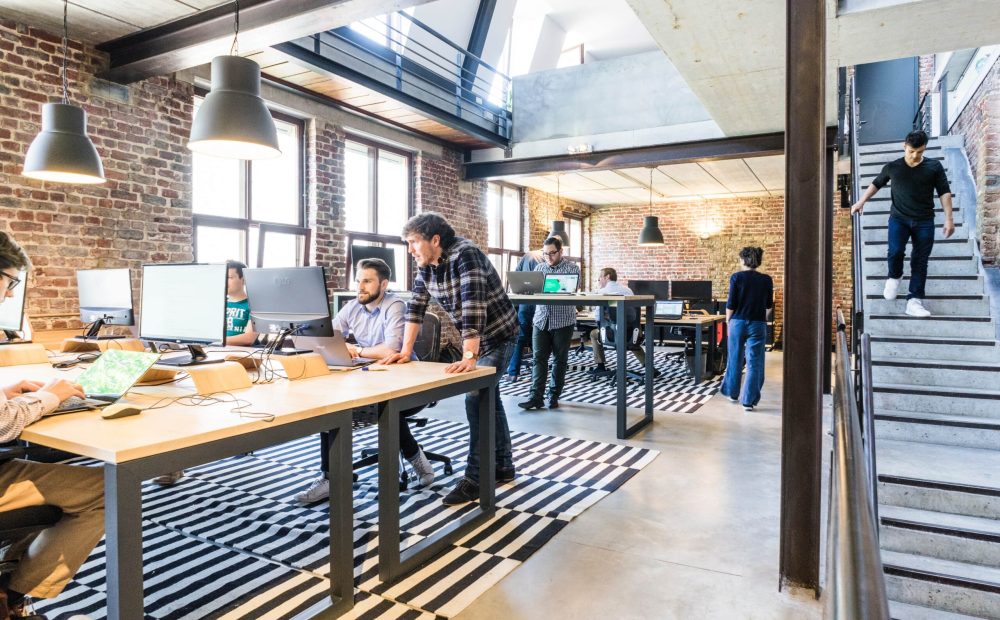
Who could have ever predicted our dining rooms would become our offices? Or that meetings would shift from conference rooms to square screens? The changes over the last few years haven’t been perfect, but they have kept us collaborating.
Here’s how experts think teamwork might evolve in the collaborative workplaces of tomorrow.
A Look Back: Knee-jerk Pandemic Responses
When the pandemic hit, companies that were in their digital transformation infancy had to fast forward. Many technologies and solutions were adopted in haste without the usual level of discernment.
According to Forbes, “More than 40% of those surveyed said the real-time collaboration has been replaced with asynchronous or disjointed collaboration tools.” Now, organizations are taking a beat to reevaluate and come up with solutions that work for the long term.
Addressing Technology Burnout
In the aftermath of the initial crisis, what has followed is a collection of siloed teams facing extreme digital fatigue.
One Asana survey reports 42% of employees to say they feel burnt out. Another HBR study showed that over the course of an average day, any one employee can toggle between windows and platforms more than 3,600 times. Given that the average person is doing all this while working 10% more a week, it’s really no surprise.
The upside is that when each platform or web-based interaction occurs, a reviewable log gets created. Some companies are now investing in collaboration analytics software (aka burnout technology) that uses data collected from multiple tools to flag when a teammate may be in jeopardy of experiencing burnout.
Slowing the App Sprawl
For a time, workplaces were in a bit of an app free-for-all. As employees made the stark shift from in-person to remote work, many came up with their own systems and tools to help them stay on track. Now, employers are starting to roll that back.
Venture Beat describes this process as “app sprawl”, a “continuous adoption of new technologies without getting rid of old ones.”
It not only fragments necessary data, creating further silos, but it also increases the available attack surface for cybercriminals.
Many workplaces are now turning to holistic, cross-functional solutions and formalizing internal policies that require staff only to use company-issued devices and pre-approved applications. This streamlines the monitoring process, making it easier for IT teams to push updates and address suspicious activity.
Reimagining Physical Workspaces
When was the last time all of your colleagues were in the conference room at the same time? A recent Global Workforce Survey predicts that an eye-popping 98% of meetings will include at least one remote participant going forward.
Future workforces can expect to see their physical workspaces evolve alongside the technology used to gather them at the weekly all-hands meeting.
Coxblue, a business and technology content hub, anticipates more investment in collaborative meeting technologies like:
While our collective future is still coming into focus, our need for nimble communication tools is only likely to increase. The more effective collaborative solutions we adopt, the more human connection we can foster.
